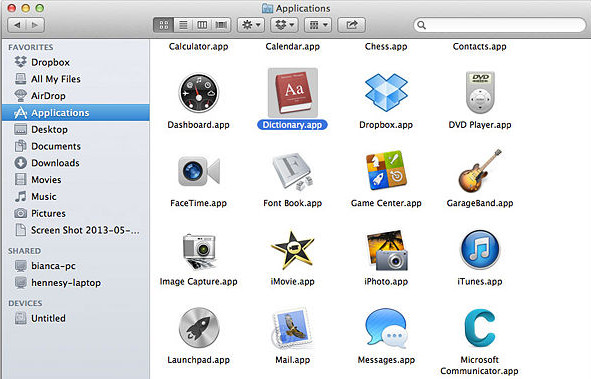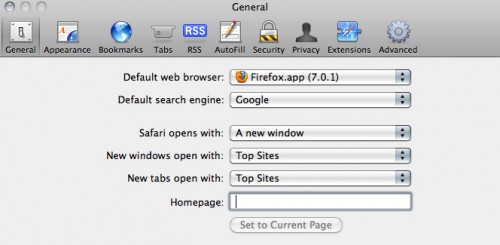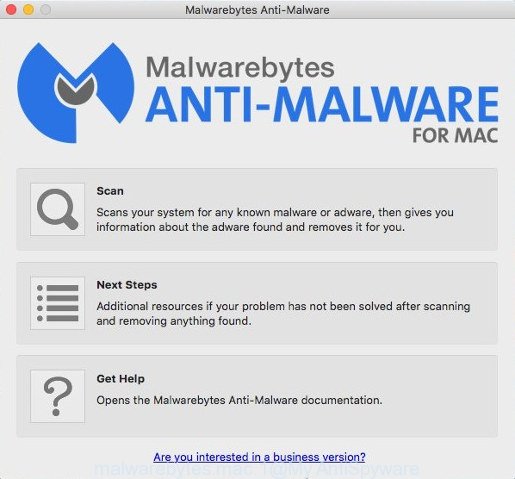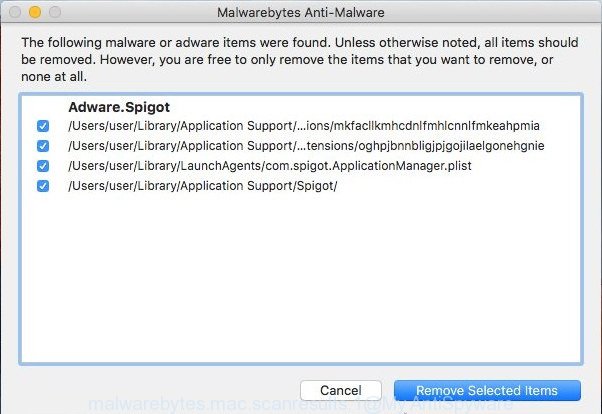MultiUpgrade is a potentially unwanted program (PUP) from the adware group. What is Adware? Adware is considered a potentially security threat because it often installed on MAC system without the consent of the owner. Adware usually just presents unwanted ads, but sometimes adware may be used to obtain your confidential data.

Unwanted ads
Another reason why you need to remove MultiUpgrade adware is its online data-tracking activity. Adware software can collect your Web surfing activity by saving URLs visited, IP addresses, browser version and type, cookie information, Internet Service Provider (ISP) and web sites visited. Such kind of behavior can lead to serious security problems or privacy data theft. This is another reason why the MultiUpgrade adware should be removed ASAP.
Threat Summary
| Name | MultiUpgrade, Multi Upgrade 1.0 app |
| Type | adware, potentially unwanted application (PUA), pop up advertisements, popup virus, pop-ups |
| Symptoms |
|
| Removal | MultiUpgrade removal guide |
How does MultiUpgrade adware get on your MAC system
Most commonly, the free software installer includes bundled software such as this adware. So, be very careful when you agree to install anything. The best way – is to choose a Custom, Advanced or Manual installation type. Here uncheck all additional programs in which you are unsure or that causes even a slightest suspicion. The main thing you should remember, you don’t need to install any optional applications which you do not trust!
We advise to remove the MultiUpgrade , as soon as you found this issue, as it can reroute your browser to web-resources which may load other harmful software on your MAC system.
How to Remove MultiUpgrade adware
To remove MultiUpgrade adware software from your Apple Mac, you must remove all suspicious apps and every file that could be related to the adware. Besides, to fix your web-browser default search engine, newtab page and homepage, you should reset the hijacked browsers. As soon as you’re complete with MultiUpgrade adware removal process, we suggest you scan your computer with malicious software removal tools listed below. It’ll complete the removal procedure on your MAC OS.
To remove MultiUpgrade, execute the following steps:
- How to delete MultiUpgrade adware without any software
- Automatic Removal of MultiUpgrade
- How to stay safe online
- To sum up
How to delete MultiUpgrade adware without any software
In this section of the blog post, we have posted the steps that will allow to delete MultiUpgrade adware manually. Although compared to removal utilities, this way loses in time, but you don’t need to download anything on the Apple Mac. It will be enough for you to follow the detailed instructions with images. We tried to describe each step in detail, but if you realized that you might not be able to figure it out, or simply do not want to change the Microsoft Windows and web browser settings, then it’s better for you to run utilities from trusted developers, which are listed below.
Remove potentially unwanted apps using the Finder
It’s of primary importance to first identify and get rid of all PUPs, adware software and browser hijackers through the ‘Applications’ section of the Finder.
Open Finder and click “Applications”.

Very carefully look around the entire list of applications installed on your machine. Most probably, one of them is the MultiUpgrade adware. If you’ve many applications installed, you can help simplify the search of harmful applications by sort the list by date of installation.
Once you’ve found a suspicious, unwanted or unused program, right click to it and select “Move to Trash”. Another solution is drag the program from the Applications folder to the Trash.
Don’t forget, choose Finder -> “Empty Trash”.
Remove MultiUpgrade adware from Mozilla Firefox
If the Mozilla Firefox settings like default search engine, newtab and startpage have been replaced by the adware, then resetting it to the default state can help. Your saved bookmarks, form auto-fill information and passwords won’t be cleared or changed.
First, run the Firefox. Next, click the button in the form of three horizontal stripes (![]() ). It will show the drop-down menu. Next, click the Help button (
). It will show the drop-down menu. Next, click the Help button (![]() ).
).

In the Help menu click the “Troubleshooting Information”. In the upper-right corner of the “Troubleshooting Information” page press on “Refresh Firefox” button as shown in the following example.

Confirm your action, press the “Refresh Firefox”.
Remove MultiUpgrade adware software from Chrome
If you have adware problem or the Google Chrome is running slow, then reset Google Chrome settings can help you. In the steps below we will show you a solution to reset your Google Chrome settings to original settings without reinstall. This will also allow to delete MultiUpgrade ads from your internet browser.
First launch the Chrome. Next, click the button in the form of three horizontal dots (![]() ).
).
It will open the Google Chrome menu. Select More Tools, then click Extensions. Carefully browse through the list of installed extensions. If the list has the plugin signed with “Installed by enterprise policy” or “Installed by your administrator”, then complete the following instructions: Remove Chrome extensions installed by enterprise policy.
Open the Google Chrome menu once again. Further, click the option named “Settings”.

The internet browser will open the settings screen. Another solution to display the Google Chrome’s settings – type chrome://settings in the web browser adress bar and press Enter
Scroll down to the bottom of the page and press the “Advanced” link. Now scroll down until the “Reset” section is visible, as displayed below and press the “Reset settings to their original defaults” button.

The Chrome will display the confirmation prompt like below.

You need to confirm your action, click the “Reset” button. The web-browser will start the process of cleaning. When it is complete, the web browser’s settings including homepage, new tab and search provider by default back to the values which have been when the Google Chrome was first installed on your MAC.
Delete MultiUpgrade from Safari
By resetting Safari web-browser you return your web browser settings to its default state. This is good initial when troubleshooting problems that might have been caused by MultiUpgrade .
Click Safari menu and choose “Preferences”.

It will open the Safari Preferences window. Next, click the “Extensions” tab. Look for unknown and suspicious extensions on left panel, select it, then click the “Uninstall” button. Most important to remove all unknown extensions from Safari.
Once complete, click “General” tab. Change the “Default Search Engine” to Google.

Find the “Homepage” and type into textfield “https://www.google.com”.
Automatic Removal of MultiUpgrade
If you are not expert at MAC system technology, then we advise to run free removal tools listed below to remove MultiUpgrade adware for good. The automatic way is highly recommended. It has less steps and easier to implement than the manual way. Moreover, it lower risk of system damage. So, the automatic MultiUpgrade removal is a better option.
Get rid of MultiUpgrade adware software with MalwareBytes
Get rid of MultiUpgrade manually is difficult and often the adware is not fully removed. Therefore, we recommend you to run the MalwareBytes Anti Malware (MBAM) which are fully clean your machine. Moreover, this free program will allow you to get rid of malicious software, PUPs, toolbars and browser hijacker infection that your MAC system can be infected too.
Visit the page linked below to download the latest version of MalwareBytes for Apple Mac.
21175 downloads
Author: Malwarebytes
Category: Security tools
Update: September 10, 2020
Once the downloading process is finished, close all applications and windows on your Apple Mac. Open a directory in which you saved it. Run the saved file and follow the prompts.
Once setup is finished, you’ll see window as on the image below.

Now click the “Scan” button to start checking your MAC OS for the MultiUpgrade adware. A scan can take anywhere from 10 to 30 minutes, depending on the count of files on your Apple Mac and the speed of your Apple Mac. While the MalwareBytes Anti Malware program is checking, you can see number of objects it has identified as threat.

After MalwareBytes completes the scan, MalwareBytes Anti Malware will show a list of all threats found by the scan. Make sure all threats have ‘checkmark’ and press “Remove Selected Items” button.

The Malwarebytes will now delete MultiUpgrade adware and move the selected threats to the Quarantine.
How to stay safe online
Use an ad-blocker tool such as AdGuard will protect you from malicious advertisements and content. Moreover, you can find that the AdGuard have an option to protect your privacy and stop phishing and spam websites. Additionally, ad-blocking applications will help you to avoid annoying ads and unverified links that also a good way to stay safe online.

- AdGuard can be downloaded from the following link.
AdGuard for Mac download
3888 downloads
Author: © Adguard
Category: Security tools
Update: January 17, 2018
- When downloading is finished, start the downloaded file. You will see the “Setup Wizard” program window. Follow the prompts.
- When the installation is finished, click “Skip” to close the installation program and use the default settings, or click “Get Started” to see an quick tutorial that will assist you get to know AdGuard better.
- In most cases, the default settings are enough and you do not need to change anything. Each time, when you start your machine, AdGuard will launch automatically and stop annoying advertisements, block malicious or misleading websites.
To sum up
After completing the few simple steps above, your MAC OS should be free from MultiUpgrade and other malicious software. The Mozilla Firefox, Google Chrome and Safari will no longer redirect you to the MultiUpgrade ads. Unfortunately, if the steps does not help you, then you have caught a new adware software, and then the best way – ask for help here.

















